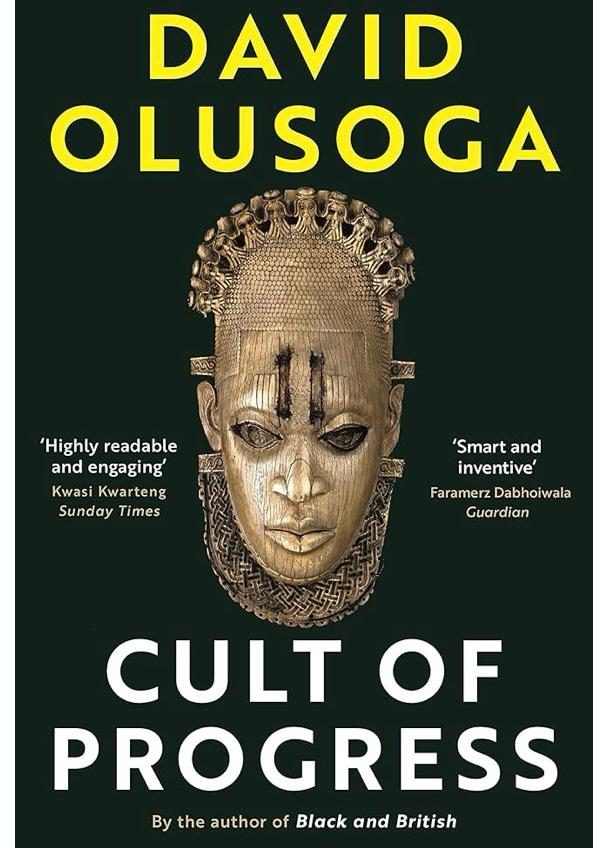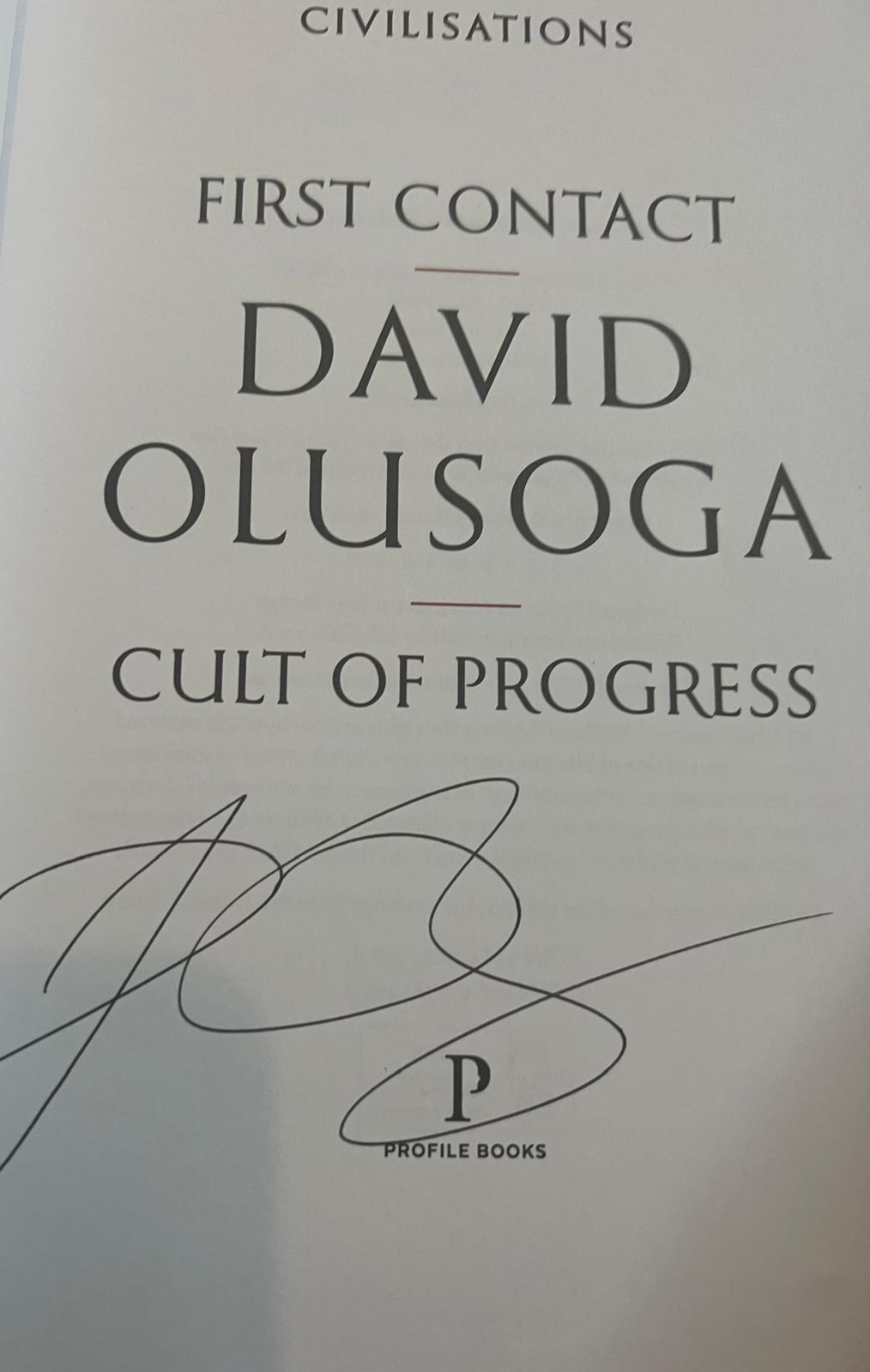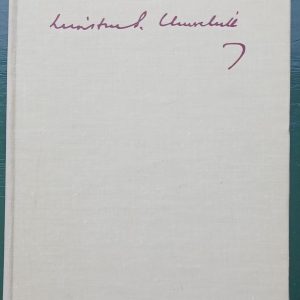In “Cult of Progress,” historian David Olusoga embarks on a thought-provoking journey across the globe, utilizing art as a lens to examine the intricate and often tumultuous shared histories that have shaped nations. Serving as a companion to the BBC documentary series Civilisations, this book delves into pivotal periods of global interaction and transformation.
The narrative unfolds in two distinct parts. “First Contact” explores the profound impact of the Age of Discovery, a time when disparate civilizations encountered one another for the first time. Olusoga masterfully illustrates how art from this era, both created and tragically looted, reveals the complex dynamics of conquest, destruction, mutual curiosity, burgeoning global trade, and the exchange of groundbreaking ideas. He analyzes how European perceptions of newly encountered cultures were often filtered through existing artistic frameworks, leading to both fascination and misinterpretation. The book begins by highlighting the Victorian era’s astonishment at the Benin Bronzes, artifacts that challenged prevailing racist notions of African artistic capabilities.
The second part, “The Cult of Progress,” investigates the seismic shifts brought about by the Industrial Revolution. Olusoga demonstrates how this era of unprecedented technological advancement and societal change resonated across the world, from the factory floors of Britain to Napoleon’s imperial ambitions in Egypt, the devastating impact on indigenous populations in America and New Zealand, and the emergence of photography in Paris. Through a diverse range of artistic expressions, including paintings and early photographs, Olusoga reveals how the prevailing belief in inevitable progress and the march of civilization was both celebrated and, ultimately, shattered by the brutal realities of industrialized warfare in World War I. The haunting imagery of gas masks in the art of Otto Dix serves as a stark symbol of this disillusionment.
Throughout the book, Olusoga challenges conventional Eurocentric narratives of art history and civilization. He compellingly argues that art serves not merely as a reflection of historical events but as an active participant in shaping perceptions, justifying actions, and preserving memories of cross-cultural encounters and societal transformations. “Cult of Progress” offers a richly illustrated and insightful perspective on the interconnectedness of global history as seen through the enduring power of artistic expression.





![The Road to the Country - Chigozie Obioma [Signed Copy]](https://bakorbooks.com/wp-content/uploads/2025/03/IMG-11022-300x300.jpg)

Reviews
There are no reviews yet.